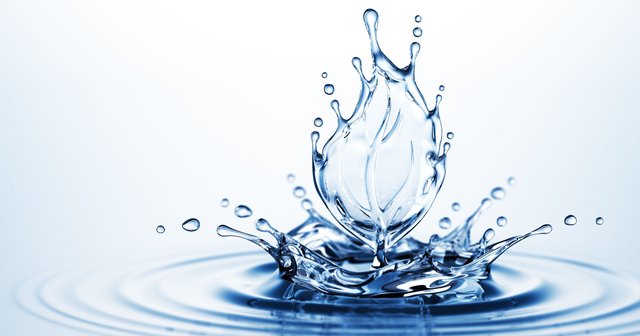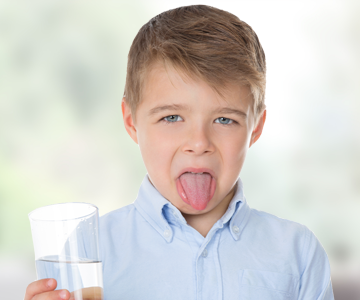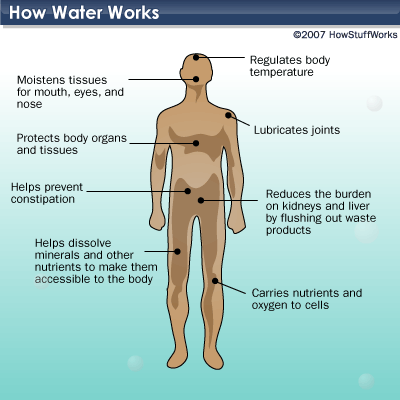Water, water, everywhere : A lesson activity for Grade 5-6
A while back, my 7 year old son and I had a disagreement about his lack of drinking water. Each day he would come back from school and his water bottle would still be full. He would rather not drink anything at all during the day than drink his water and kept nagging his mother to rather send juice with him to school. I don't have a problem with juice, but I felt that it's also necessary for him to drink water, especially at school.

Image source
In order for children to be able to identify the function and importance of water and living things, I have compiled a lesson activity for teachers to use. It is a combination of Math and Science and is suitable for Grade 5 and 6 students.
Our bodies depend on water.
Water accounts for almost two-thirds of the body's weight. That means a 90-pound child would weigh a mere 30 pounds if all the water in his or her body were drained off.
That wouldn't be possible, of course, because water is hidden inside each cell. None of the other nutrients would be much good to us without water, because water is what takes those nutrients where they should go.
Blood is 90 percent water, and blood carries nutrients to the cells. It transports waste products away to the liver, kidneys, and skin for disposal.
Water also helps regulate body temperature by evaporating and cooling the skin when people perspire.
Activity:
Illustrate to students how water dissolves and transports nutrients by placing some dry table salt on filter paper. The salt will not be able to pass through the paper. Now put some filter paper inside a funnel and sprinkle salt into the funnel, then pour water through it into a jar. Make it interesting by incorporating math into the lesson. Measure one teaspoon of salt and add 1 teaspoon of water to see if it works; then and more teaspoons of water until it transports the water through. The more water you use (or drink), the easier it makes the nutrients flow.
Ask them afterwards what the measurements were.
Image sourceHave students taste the water before and after pouring it over the salt.

Image sourceHave students exhale on a mirror or windowpane to see the moisture in their breath. Explain that the water the body loses has to be replaced, including water lost through respiration.

Image sourceList the following foods and beverages on the board: milk, orange, juice, grapes, watermelon, banana, potato chips, peanuts, bread, hamburger, eggs, cheese. Ask the students to pick the ones that contain water.
Explain that all these foods contain water. In an average day we might consume as much as a quart of water in "dry" foods alone, not to mention beverages, but isn't water going to do the job faster?
Revise:
- How does the body use water?
- What happens to plants when they don't get watered?
- Identify 3 ways the body loses water daily.
- Identify 3 foods that contain a large percentage of water.
- Is more or less water needed to carry nutrients through the body? Explain.
- If a 125-pound person's body weight is drained, how much would the person weigh?
Resources and Extra reading:
https://en.wikipedia.org/wiki/Body_water
https://water.usgs.gov/edu/propertyyou.html


thanks for educating us about water